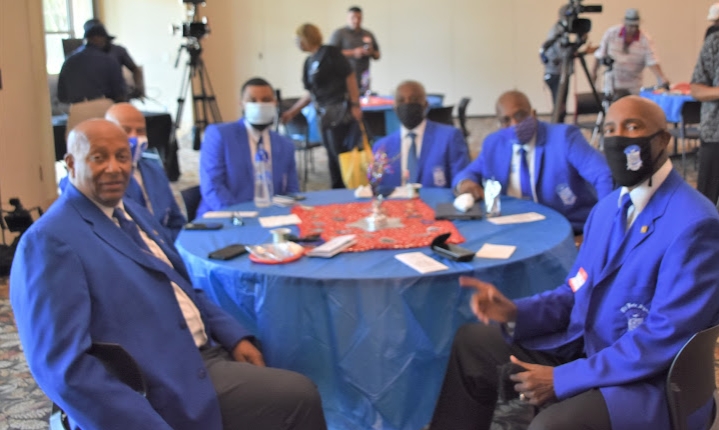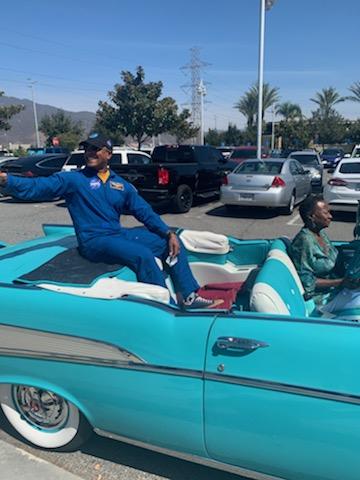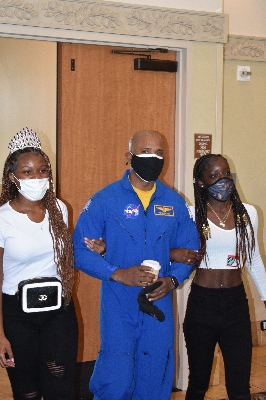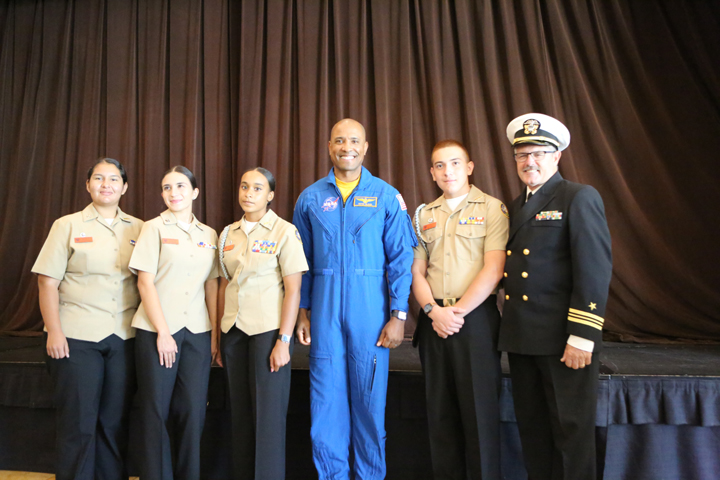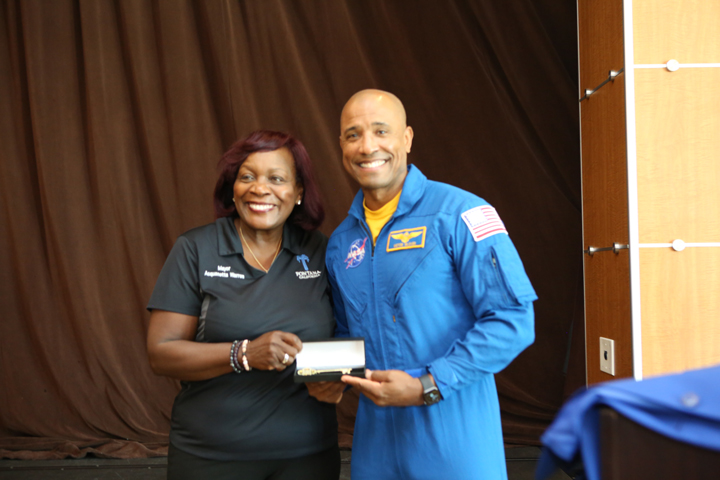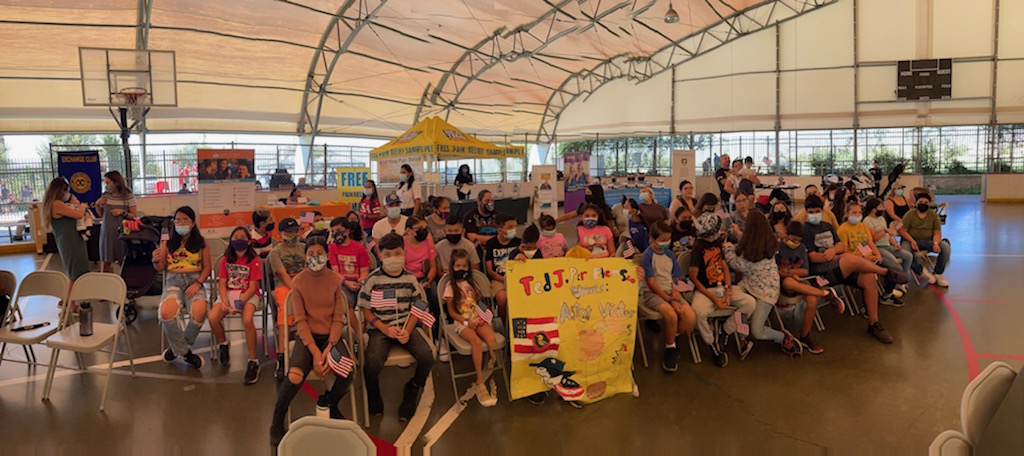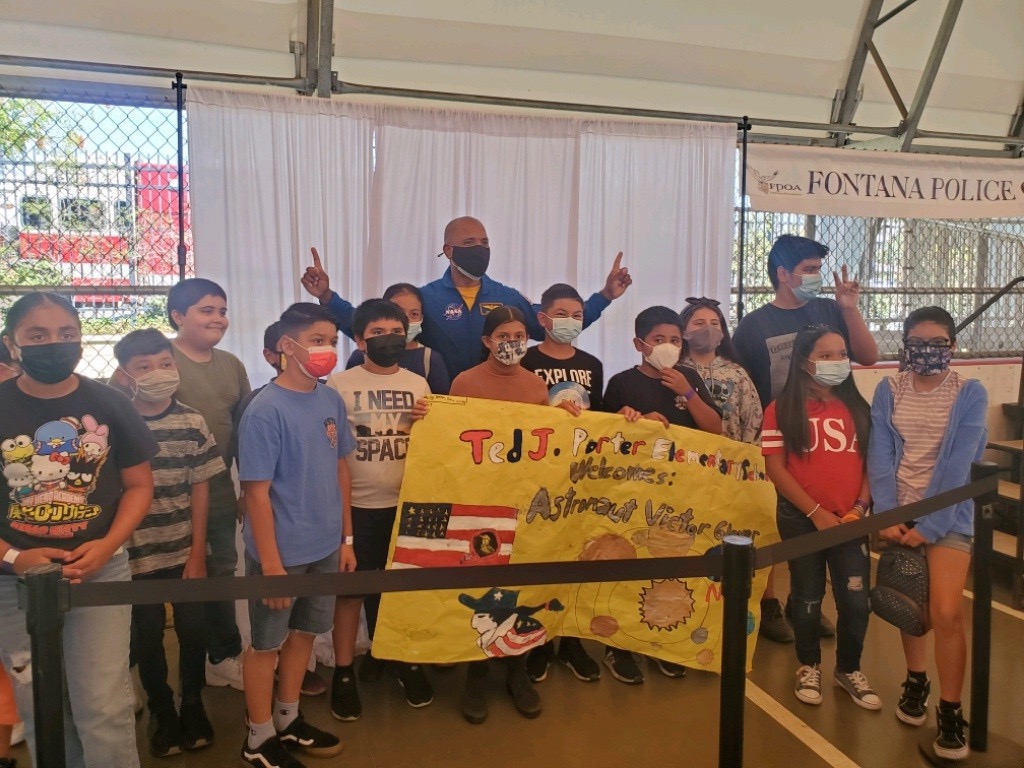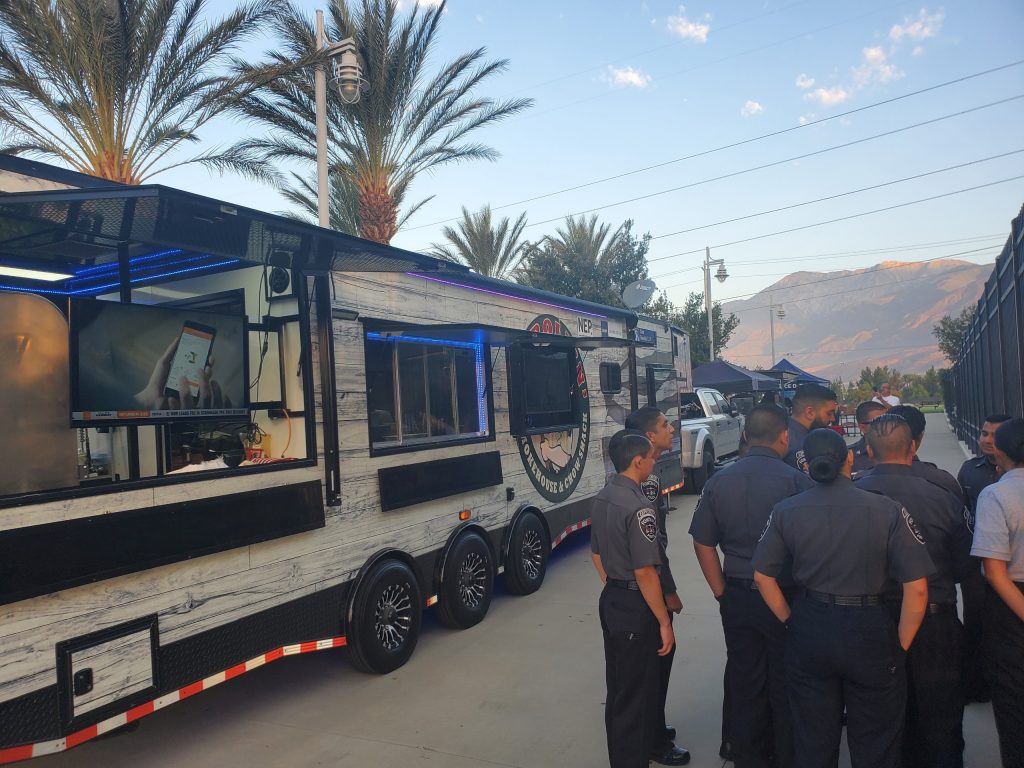SAN BERNARDINO, CA—-Two schools in San Bernardino County have been distinguished as 2021 National Blue Ribbon Schools. This prestigious award recognizes schools based on overall academic performance or progress in closing achievement gaps among student subgroups. They are among the state’s highest performing schools.
Hidden Trails Elementary School in Chino Valley Unified School District and Valencia Elementary School in Upland Unified School District are among only 26 schools in California receiving this recognition.
“This is a distinguished award that schools all across our nation strive for, and we have two schools within our County receiving this high honor,” said County Superintendent Ted Alejandre. “I commend the efforts put forth by our educators and their outstanding commitment to transform the lives of students.”
National Blue Ribbon Schools is a program of the U.S. Department of Education designed to celebrate exemplary schools in which educators, students and families have worked to create positive and effective learning environments for all students.
The Department of Education recognizes all schools in one of two performance categories, based on all student scores, subgroup student scores and graduation rates:
- Exemplary High-Performing Schools are among their state’s highest performing schools as measured by state assessments or nationally normed tests.
- Exemplary Achievement Gap-Closing Schools are among their state’s highest performing schools in closing achievement gaps between a school’s student groups and all students.
Hidden Trails and Valencia Elementary Schools were both recognized as Exemplary Achievement Gap-Closing Schools for their work in establishing educational equity and for their dramatic gains in student achievement.
“At Hidden Trails, our focus has been on building the kind of school that engages students and makes them want to be here,” Hidden Trails Principal Lisa Sura said. “Our data-driven instruction and teacher collaboration have helped us build a positive school culture in which students are encouraged to reach their highest potential through a multi-tiered system of support.”
Both Hidden Trails and Valencia Elementary School principals noted this award serves as recognition of the hard work staff, students, educators and families put in to create a safe and welcoming school where students can succeed.
“Valencia believes it can collectively accomplish great things and make a positive difference in the lives of students,” said Valencia Elementary Principal Rachael Emery. “Our mission reflects the core belief that students, no matter their academic level, deserve focused instruction to achieve academic growth and to support emotional well-being. We owe our success to our staff’s collaborative work to implement evidence-based strategies with rigor to assure equitable access to quality teaching and learning.”
In total, U.S. Secretary of Education Miguel Cardona recognized 325 schools as National Blue Ribbon Schools for 2021. These outstanding schools will be honored at a ceremony in Washington, D.C. on November 4 and 5, 2021.
For more information visit our website at www.sbcss.net and follow us on Facebook, Twitter and Instagram. #transforminglives.
 Westside Story Newspaper – Online The News of The Empire – Sharing the Quest for Excellence
Westside Story Newspaper – Online The News of The Empire – Sharing the Quest for Excellence
